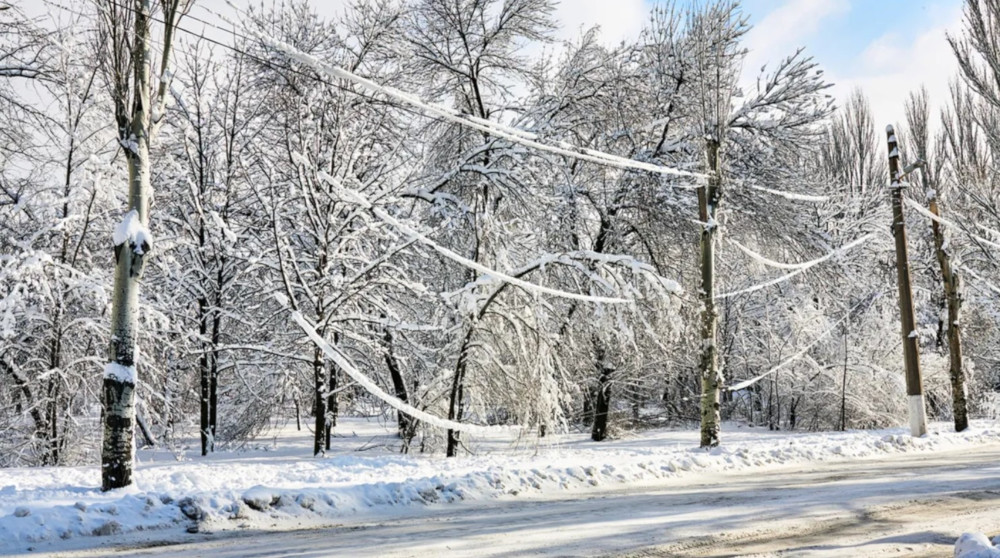
Navigating the Chill: Understanding Why the U.S. Power Grid is Prone to Cold-Weather Vulnerabilities
- by dgihost.com
In recent years, the U.S. power grid has been dancing on the edge of vulnerability during cold weather, with recurrent shortages of natural gas emerging as a major culprit. According to an NBC News review, five of the past 11 years have witnessed blackouts, shut-offs, or near misses, raising concerns about the grid’s resilience in the face of frigid conditions.
The dominance of natural gas as the primary power source since 2016 has intensified the strain on the electrical grid, making it more susceptible to disruptions during cold snaps. Matthew Ketschke, president of New York-area utility Con Edison, describes the situation as precarious, emphasizing the potential for weeks of service restoration should the natural gas system fail.
The wake-up call came on Christmas Eve 2022, when plummeting temperatures triggered a surge in demand for both heat and electricity. Con Edison struggled to secure sufficient natural gas from its suppliers, exacerbating the challenge of meeting the public’s energy needs. Power plants across the eastern U.S. scaled back operations, leading to blackouts in multiple states.
The incident prompted Con Edison to take proactive measures, including switching its Manhattan steam and power plant to oil as a safeguard against future vulnerabilities. However, Ketschke acknowledges that every polar vortex remains a potential risk, emphasizing the utility’s responsibility to ensure the continuity of energy supply for the citizens it serves.
The reliance on natural gas, while cost-effective and efficient, has brought the U.S. power grid to a delicate balance. The Federal Energy Regulatory Commission (FERC) recognizes the increasing interdependencies between the gas and electricity industries and recommends critical steps to enhance reliability.
FERC’s recommendations include winterizing the natural gas system, establishing robust reliability standards by lawmakers, and fostering improved cooperation between gas companies and utilities. These measures aim to address the challenges posed by the combination of growing natural gas demand and its evolving status in the electricity sector.
As the nation navigates a future where renewable energy gains prominence and coal declines, the need for a reliable gas supply becomes paramount. Utilities, lawmakers, and gas companies must collaborate to fortify the infrastructure against the impact of extreme cold events, ensuring the uninterrupted provision of energy to the citizens they serve.
In conclusion, understanding the intricate challenges faced by the U.S. power grid during cold weather is essential for implementing effective solutions. The focus on natural gas as a power source necessitates proactive measures and cooperation across industries to mitigate vulnerabilities and guarantee a resilient energy supply, especially in the unforgiving grip of winter.
In recent years, the U.S. power grid has been dancing on the edge of vulnerability during cold weather, with recurrent shortages of natural gas emerging as a major culprit. According to an NBC News review, five of the past 11 years have witnessed blackouts, shut-offs, or near misses, raising concerns about the grid’s resilience in…